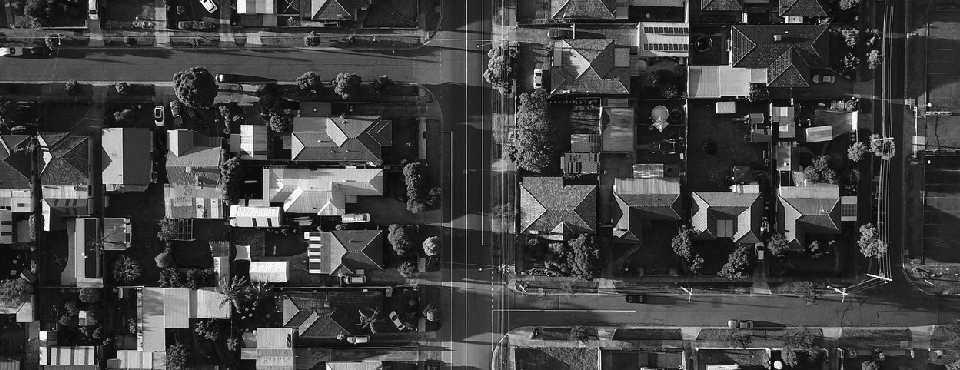
The housing market is under pressure: what can we do?
Repost from vu.nl.
With the pressing shortage of affordable housing and rising home prices, housing is a top priority in the upcoming Dutch parliamentary elections. According to Hans Koster, Professor of Urban Economics and Real Estate at Vrije Universiteit Amsterdam, the housing crisis is complex due to a lack of clear short-term solutions. “Many policy measures do not address the core issue, namely the housing shortage.”
Measures like tax benefits and easier loan rules haven’t worked very well in the Netherlands. Koster emphasizes that the crucial way forward is to build more homes to make them more affordable. “Increasing housing supply leads to a decrease in prices,” he adds. However, he warns against the illusion that the housing crisis can be fully resolved, let alone within four years: “It is a slow process. The construction process takes long, making it unfeasible for any political party to address the housing affordability issue within four years, despite the desire for quick improvements.”
Rent control is not the solution
A frequently suggested solution to why current housing supply falls short is increasing the number of public housing units or implementing rent-control to the private rental market. According to Koster, this should not be the priority. “The problem with rent control is that the rents are artificially low, resulting in excess demand: if something costs too little, there is automatically too much demand for it.” Koster highlights the complexity of rent-control and, most importantly, rent control does not miraculously lead to more homes.
Home-sharing and higher public-sector wages
Are there no short-term measures that can be implemented to increase housing supply? According to Koster, there are some options: “There are few European countries where people live as spacious as in the Netherlands. This is partly because of the high number of single-person households but also due to our relatively high incomes.” Besides constructing houses, Koster recommends considering home-sharing to make more efficient use of the current housing stock. “Many starters cannot afford to buy a home in the current market. Why not allow friends to jointly buy a home and then split it? Currently, this is a rather complicated process. Many people would not mind living in a smaller home at a nice location. Political parties can address the issue by creating more flexible regulations regarding home-sharing.” Not having a sufficient amount of affordable homes available for young people makes it harder to find teachers and police officers in big cities. “It is interesting that we pay the same wages to public-sector workers, even though housing prices vary a lot across locations. To attract good teachers in cities like Amsterdam or Utrecht, it would be fair to adjust wages for higher housing costs, at least to some extent,” suggests Koster.
International examples
According to Hans Koster, there are lessons to be learned from Germany, where housing prices have significantly decreased in the past year. “Germany has a considerably larger private rental sector, making investing in homeownership less attractive. The Netherlands can draw valuable lessons from this and consider measures that encourage the shift in perspective from homes as investment objects to homes as being user objects.” Koster notes the relative stability of the German housing market compared to the more volatile Dutch housing market. Another insight, according to the professor, is the concept of densification, as applied in cities like Barcelona or Singapore. ” Barcelona is one of the densest cities in Europe, even though it does not host many tall skyscrapers. At the same time, most people agree that Barcelona is a nice city to live in.”
Looking beyond municipal boundaries
To construct more homes seems to be the only long-term solution to address the issue of the lack of housing supply. According to Koster, the way this is done is crucial. “We need to look at locations not too far from major cities like Amsterdam, Rotterdam, or The Hague but are still well within commuting distance by public transport. Addressing challenges related to housing construction, transport infrastructure, land use, and sustainable energy requires an approach on a higher spatial level. Municipal governments by themselves cannot solve these problems. We need to take policy measures at higher levels of spatial aggregation, such as regions and maybe even the whole country, to coordinate effectively and find efficient solutions,” concludes Koster.
